Obra que recoge las principales prácticas y recomendaciones para la correcta aplicación de técnicas radiológicas en población pediátrica. Proporciona la información necesaria para que los especialistas puedan hacer un control exhaustivo de la radiación ionizante y evitar así los posibles excesos en este sentido y, por tanto, mininimizar los riesgos asociados a estas técnicas de imágen. Formato basado en casos clínicos que ofrece a los especialistas una visión de práctica de las diferentes casuísticas que pueden encontrar en su práctica clínica.
- Obra que recoge las principales práticas y recomendaciones para la correcta utilización de la radiografía en niños, proporcionando la información necesaria para evitar posibles excesos de radiación ionizante en los pacientes pediátricos, uno de los riesgos principales de esta técnica de imagen.
- En este título se insta a los clínicos a adherirse a criterios de las guías ALARA (As low as reasonably Achievable) (tan bajo como razonablemente sea posible, en relación a la radiación ionizante)
- En un formato basado en casos clínicos que recoge numerosas modalidades de imagen utilizadas para el diagnóstico, valoración y tratamiento del paciente pediátrico que se atiende en los servicios de urgencias.
- Cada uno de los apartados incluye un apartado de disccusión que resulta de gran ayuda para la toma de decisiones.
- Obra dirigida a residentes de Diagnóstico por imagen y especialistas en formación para los ciclos de totación, al igual que se convierte en una herramienta de base para las sesiones clínicas de residentes
PART 1 Introduction. 1. What is Evidence-Based Physical Diagnosis? PART 2 Understanding the
Evidence. 2. Diagnostic Accuracy of Physical Findings. 3. Using the Tables in This Book. 4. Using the
Online EBM Calculator. 5. Reliability of Physical Findings. PART 3 General Appearance of the Patient. 6.
Mental Status Examination. 7. Stance and Gait. 8. Jaundice. 9. Cyanosis. 10. Anemia. 11. Hypovolemia.
12. Protein-Energy Malnutrition and Weight Loss. 13. Obesity. 14. Cushing Syndrome. PART 4 Vital Signs.
15. Pulse Rate and Contour. 16. Abnormalities of Pulse Rhythm. 17. Blood Pressure. 18. Temperature. 19.
Respiratory Rate and Abnormal Breathing Patterns. 20. Pulse Oximetry. PART 5 Head and Neck. 21. The
Pupils. 22. Diabetic Retinopathy. 23. The Red Eye. 24. Hearing. 25. Thyroid and Its Disorders. 26.
Meninges. 27. Peripheral Lymphadenopathy. PART 6 The Lungs. 28. Inspection of the Chest. 29. Palpation
and Percussion of the Chest. 30. Auscultation of the Lungs. 31. Ancillary Tests. PART 7 Selected
Pulmonary Disorders. 32. Pneumonia. 33. Chronic Obstructive Lung Disease. 34. Pulmonary Embolism.
35. Pleural Effusion. PART 8 The Heart. 36. Inspection of the Neck Veins. 37. Percussion of the Heart. 38.
Palpation of the Heart. 39. Auscultation of the Heart: General Principles. 40. The First and Second Heart
Sounds. 41. The Third and Fourth Heart Sounds. 42. Miscellaneous Heart Sounds. 43. Heart Murmurs:
General Principles. PART 9 Selected Cardiac Disorders. 44.Aortic Stenosis. 45. Aortic Regurgitation. 46.
Miscellaneous Heart Murmurs. 47. Disorders of the Pericardium. 48. Congestive Heart Failure. 49. Coronary
Artery Disease. PART 10 Abdomen. 50. Inspection of the Abdomen. 51. Palpation and Percussion of the
Abdomen. 52. Abdominal Pain and Tenderness. 53. Auscultation of the Abdomen. PART 11 Extremities
54. Peripheral Vascular Disease. 55. The Diabetic Foot. 56. Edema and Deep Vein Thrombosis. 57.
Examination of the Musculoskeletal System. PART 12 Neurologic Examination. 58. Visual Field Testing.
59. Nerves of the Eye Muscles (III, IV, and VI): Approach to Diplopia. 60. Miscellaneous Cranial Nerves. 61.
Examination of the Motor System: Approach to Weakness. 62. Examination of the Sensory System. 63.
Examination of the Reflexes. 64. Disorders of the Nerve Roots, Plexuses, and Peripheral Nerves. 65.
Coordination and Cerebellar Testing. PART 13 Selected Neurologic Disorders. 66. Tremor and Parkinson
Disease. 67. Hemorrhagic Versus Ischemic Stroke. 68. Acute Vertigo and Imbalance. 69. Examination of
Nonorganic Neurologic Disorders. PART 14 Examination in the Intensive Care Unit. 70. Examination of
Patients in the Intensive Care Unit. APPENDIX. 71. Likelihood Ratios, Confidence Intervals, and Pretest
Probability.
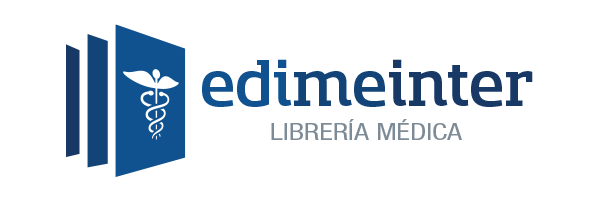


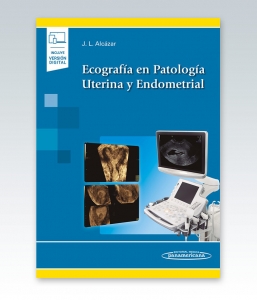
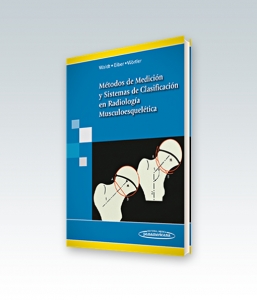
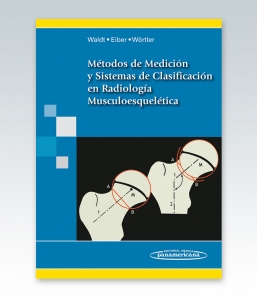
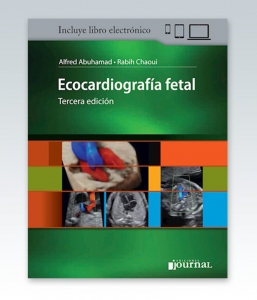







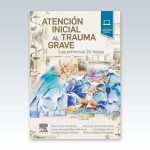
Valoraciones
No hay valoraciones aún.